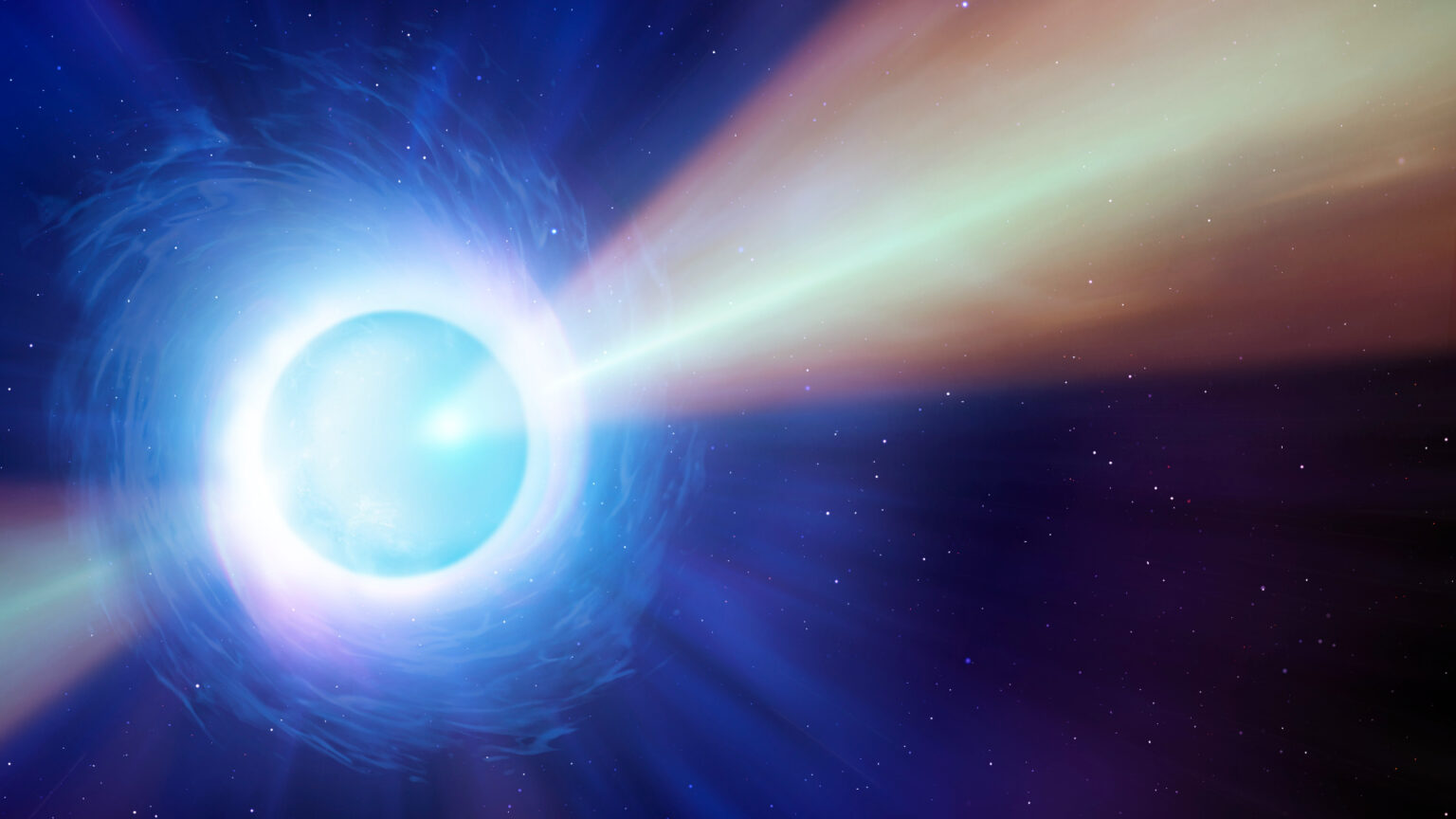Astronomers have detected a very high-energy gamma-ray emission around the distant pulsar PSR J0248+6021. It is born in the nebula that surrounds this dead star.

Types of pulsars
Using the LLarge High-Altitude Air Shower Observatory (LHAASO), an international team of astronomers has detected very high energy (VHE) gamma-ray emission around the pulsar PSR J0248+6021, which may be a pulsar’s halo or a pulsar wind nebula. The discovery is revealed in a paper published on October 6 on the arXiv preprint server.
Pulsars are highly magnetized rotating neutron stars that emit a beam of electromagnetic radiation. They are usually detected as short bursts of radio emission, but some have also been observed with optical, X-ray and gamma-ray telescopes.
Sources emitting gamma radiation with photon energies between 100 GeV and 100 TeV are called very-high energy gamma sources, while sources with photon energies above 0.1 PeV are known as ultra-high energy gamma sources. The nature of these sources is still poorly understood, so astronomers are constantly looking for new objects of this type to characterize, which could shed more light on their properties in general.
Radiation from pulsar PSR J0248+6021
Discovered in 1997, PSR J0248+6021 is a mid-age pulsar with a rotation period of about 217 milliseconds and a rotation power of 213 decillion erg/s. The pulsar has an extremely high degree of dispersion, about 370 pc/cm3, which is most likely due to its location in a dense giant region of ionized atomic hydrogen (the HII region), designated W5, at a distance of about 6500 light-years.
A team of astronomers led by Zhen Cao of the Chinese Academy of Sciences (CAS) reports the detection of VHE gamma-ray emission located near the position of PSR J0248+6021. This conclusion is based on data from the LHAASO’s Water-Cherenkov Detector Array (WCDA).
By analyzing the WCDA data, Cao’s team found three gamma-ray sources, two of which are close to PSR J0248+6021 in terms of angular distance. One of them turned out to be an extended source corresponding to 1LHAASO J0249+6022 described in the first LHAASO catalog, and the other was a point source with an angular distance of about 1.2 degrees from the pulsar.
Nature of pulsar emission
According to the paper, a clear extended multi-wavelength counterpart of 1LHAASO J0249+6022 from the radio to GeV bands has not been found. Consequently, the authors of the paper conclude that the probable explanation for the detected VHE gamma-ray emission is the inverse Compton process of highly relativistic electrons and positrons injected by PSR J0248+6021.
The astronomers noted that the morphology of the VHE gamma-ray emission suggests that 1LHAASO J0249+6022 is a TeV pulsar halo or a pulsar wind nebula related to PSR J0248+6021.
“These electrons/positrons are hypothesized to be either confined within the pulsar wind nebula or to have already escaped into the interstellar medium, forming a pulsar halo,” the researchers concluded.
According to phys.org


